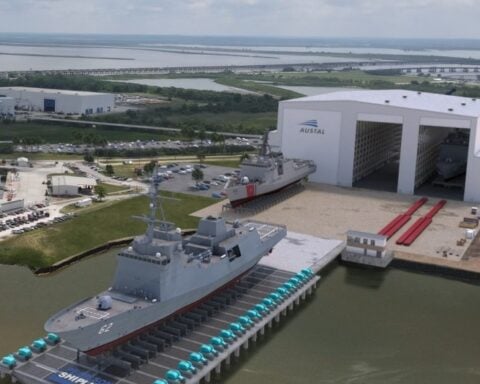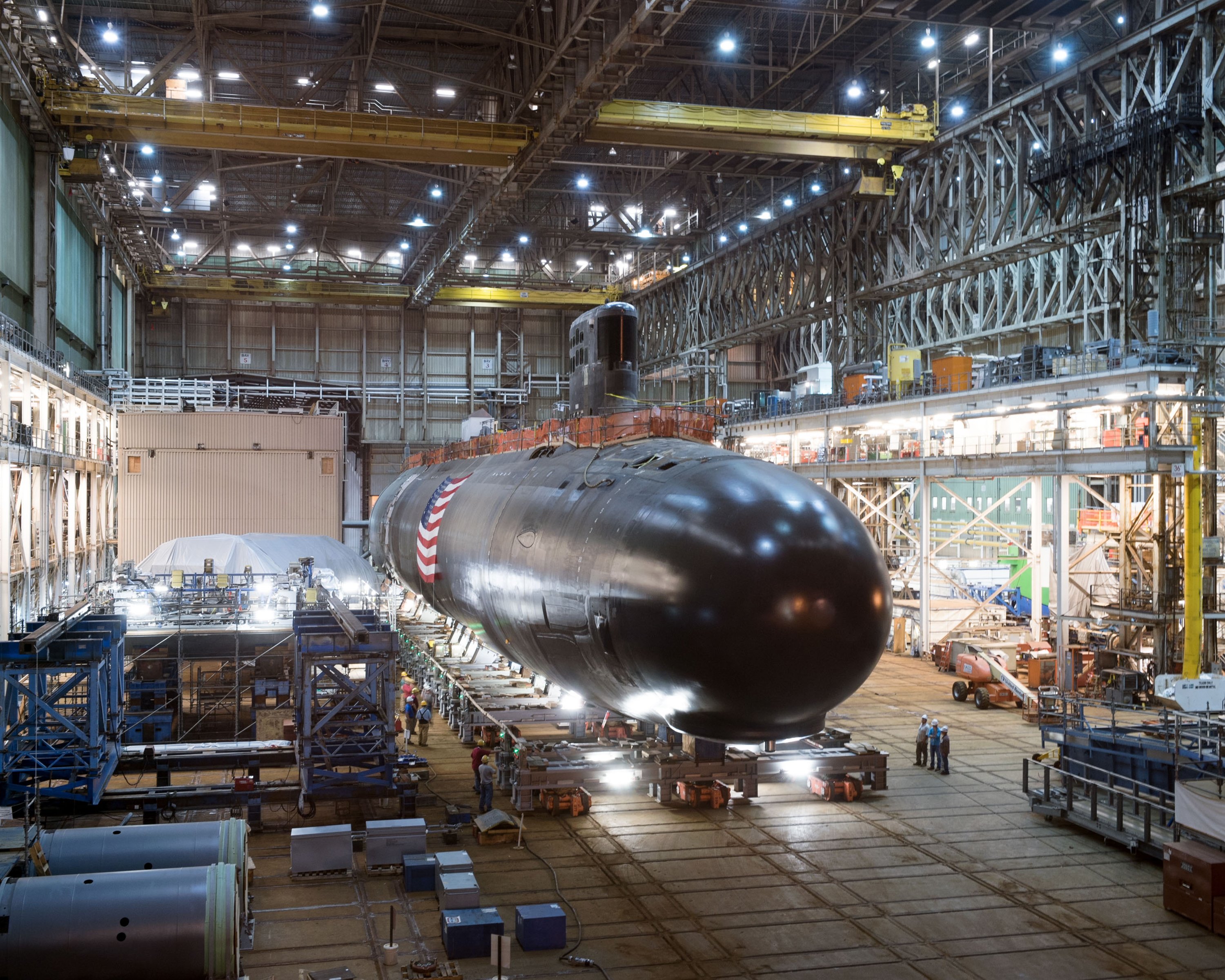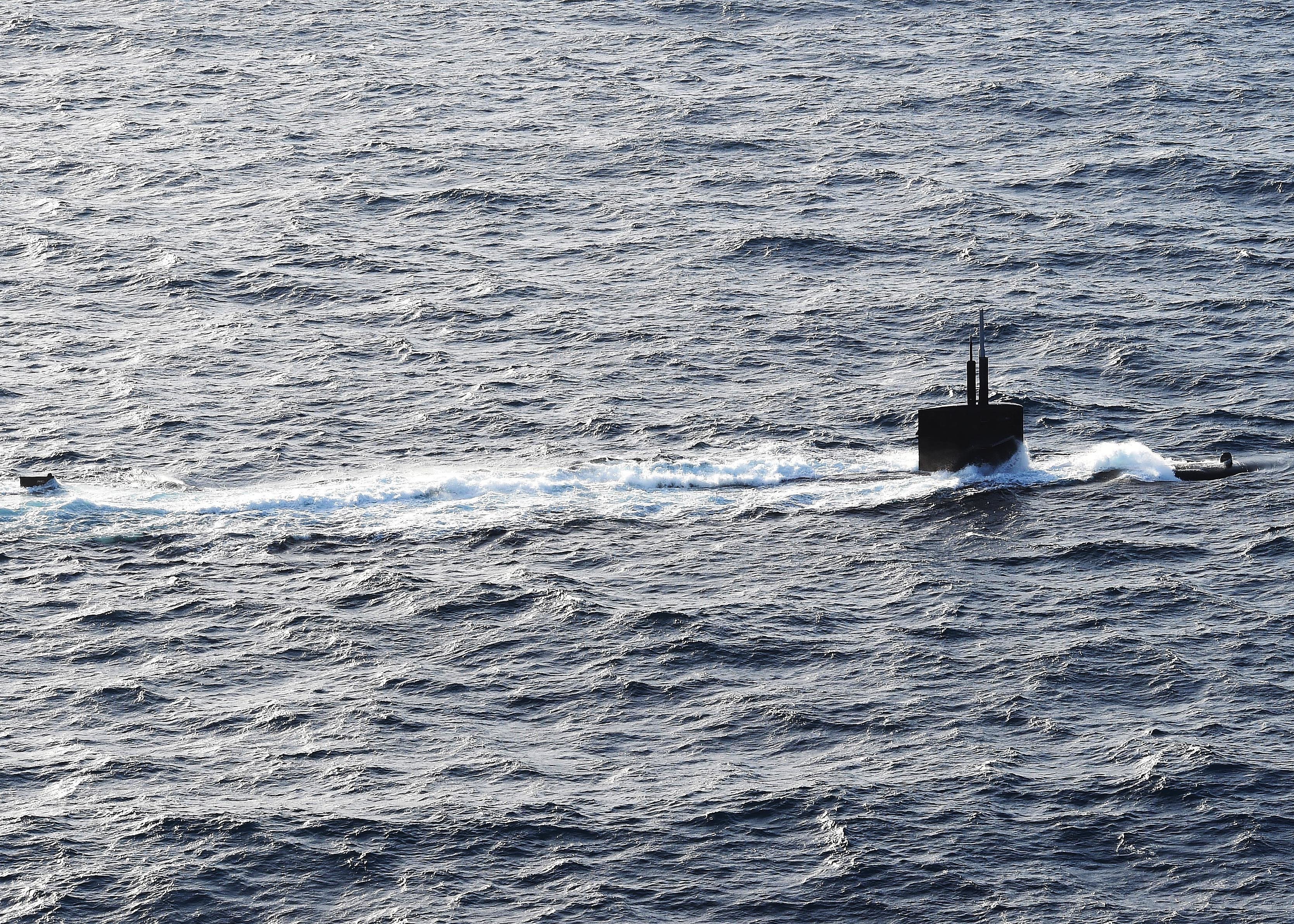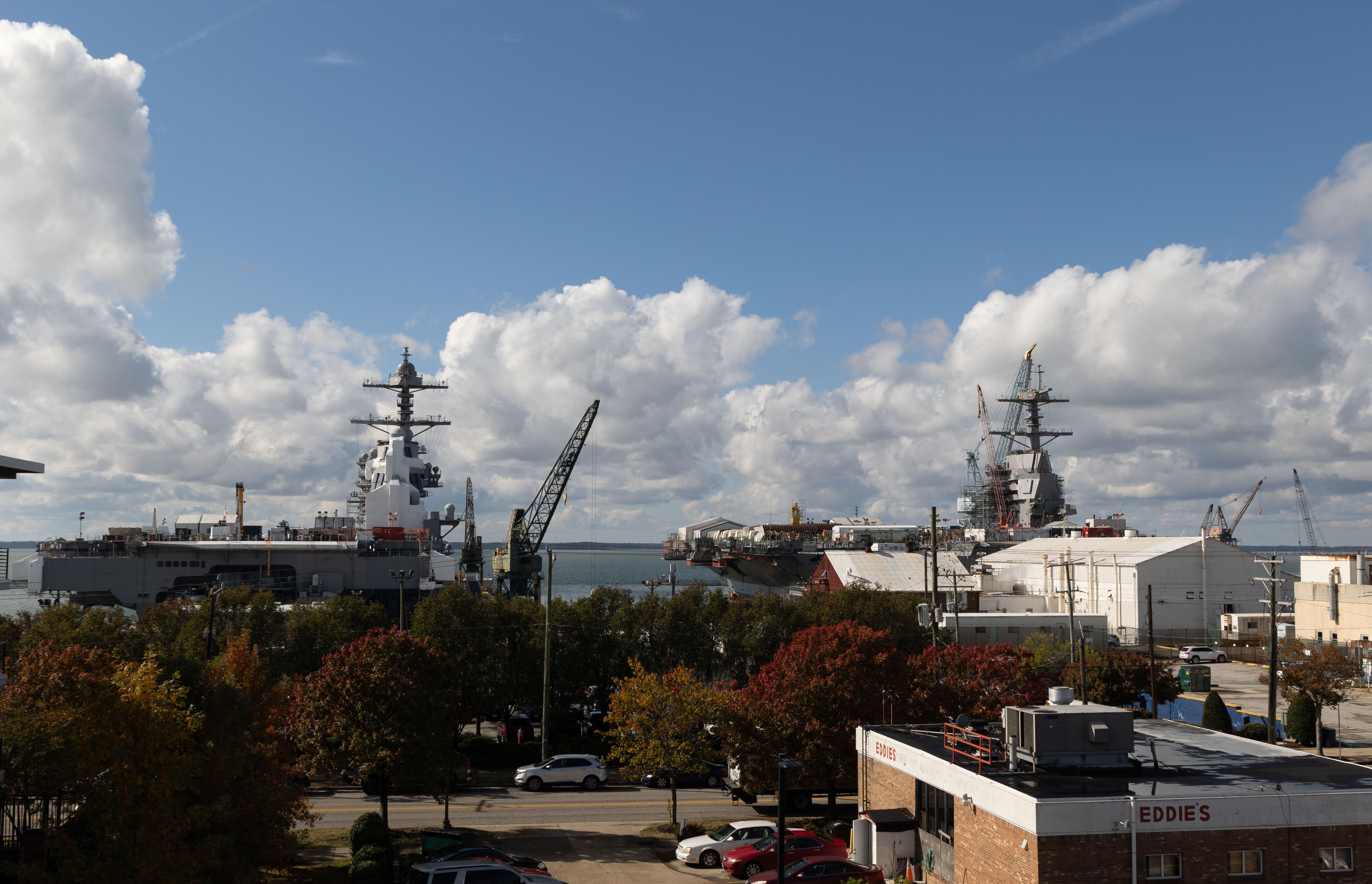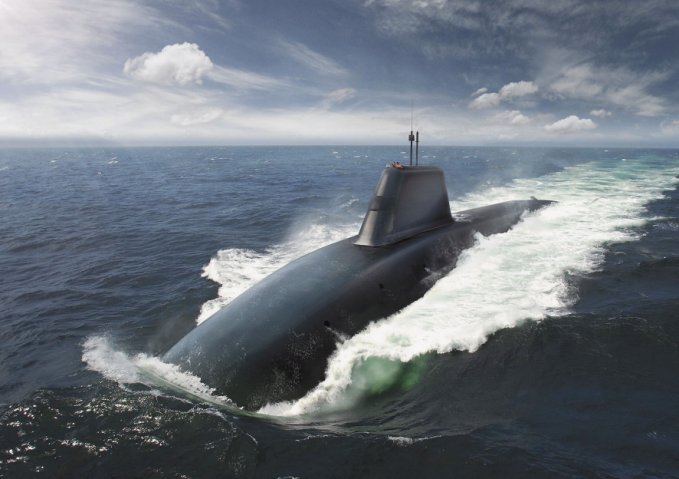
The U.K. Ministry of Defense is set to give manufacturers of the Royal Navy’s next nuclear submarine class $1.32 billion for early development funds for the program, according to a Monday report in The Financial Times.
The funds for Rolls Royce and BAE Systems is the first tranche of funding of a planned $40 billion following the House of Commons validation of the U.K.’s Trident nuclear deterrent in mid-July.
“So far [$5.2 billion] has been spent. Industry sources said the new round of funding would be used for continued design work and to order components that take a while to manufacture,” wrote the paper.
“It would also be used to secure production in the supply chain, which accounts for roughly half the cost of building a new submarine. The first steel is expected to be cut by the end of the year.”
The Successor boomer – the first set to deliver to the Royal Navy in 2028 – will field Trident II D-5 ballistic missiles with domestic warheads and replace the four Vanguard boats currently in service.
The Successor boats are being built in conjunction with the U.S. Ohio Replacement Program – set to be called the Columbia-class USNI News reported last week.
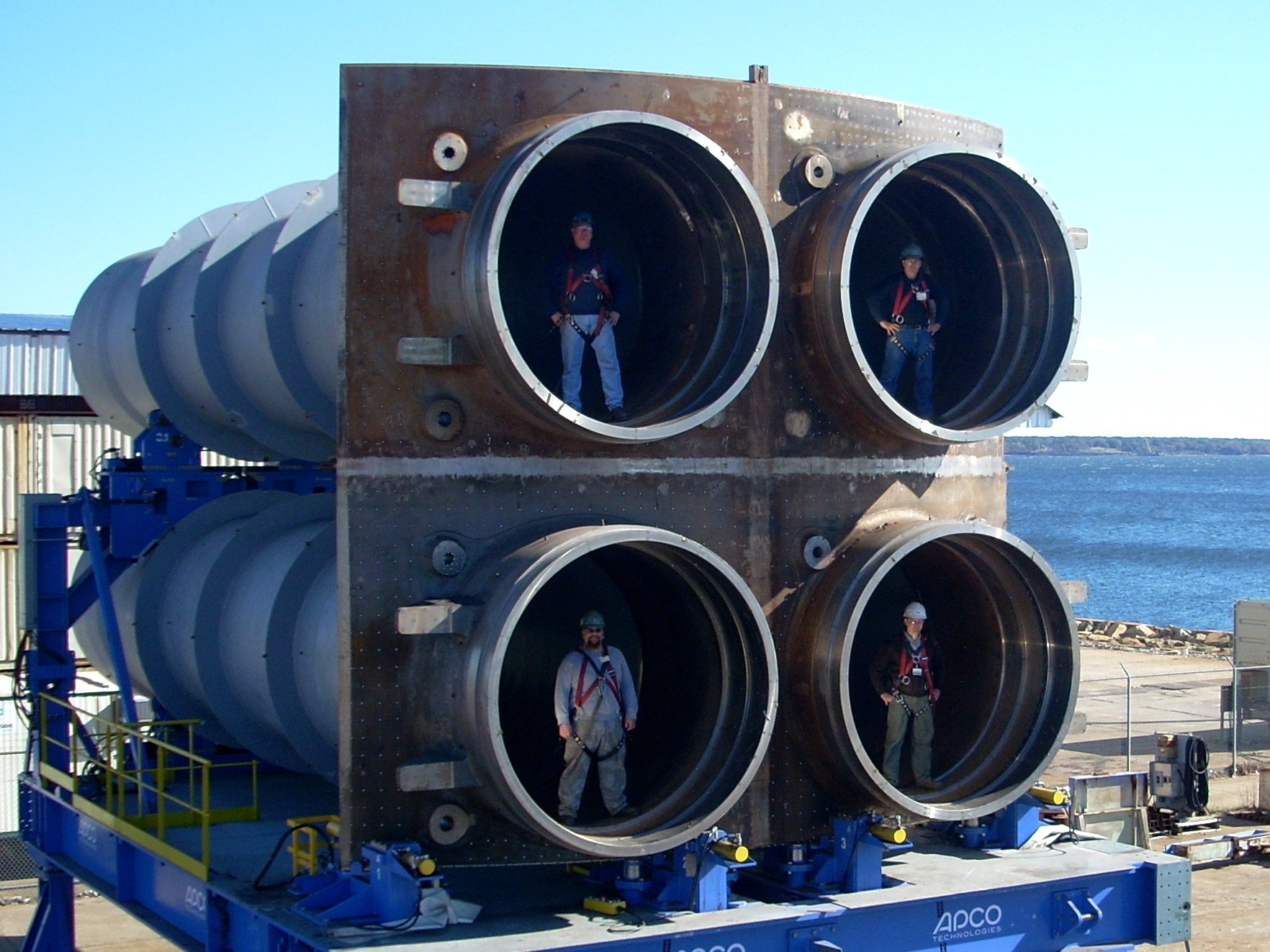
“We will continue to maintain this strong strategic relationship to ensure a reliable and relevant strategic weapons system is deployed today on our Ohio and the U.K. Vanguard class as well, in the future, on the respective follow-on platforms,” Vice Adm. Terry Benedict, director of the U.S. Navy’s Strategic Systems Programs said last month.
The two classes will share a Common Missile Compartment, a quad pack of missile tubes that will be linked together to form the body of the submarine.
The U.S. program of 12 boats will cost an estimated $100 billion.


